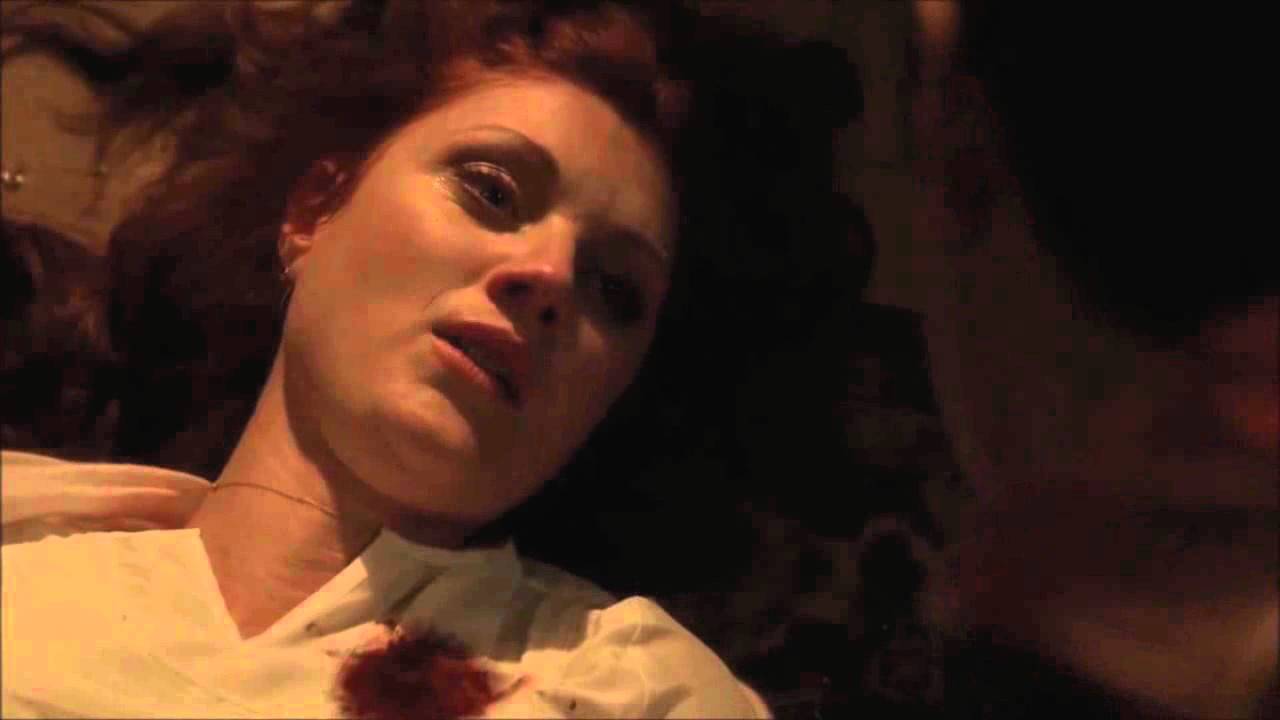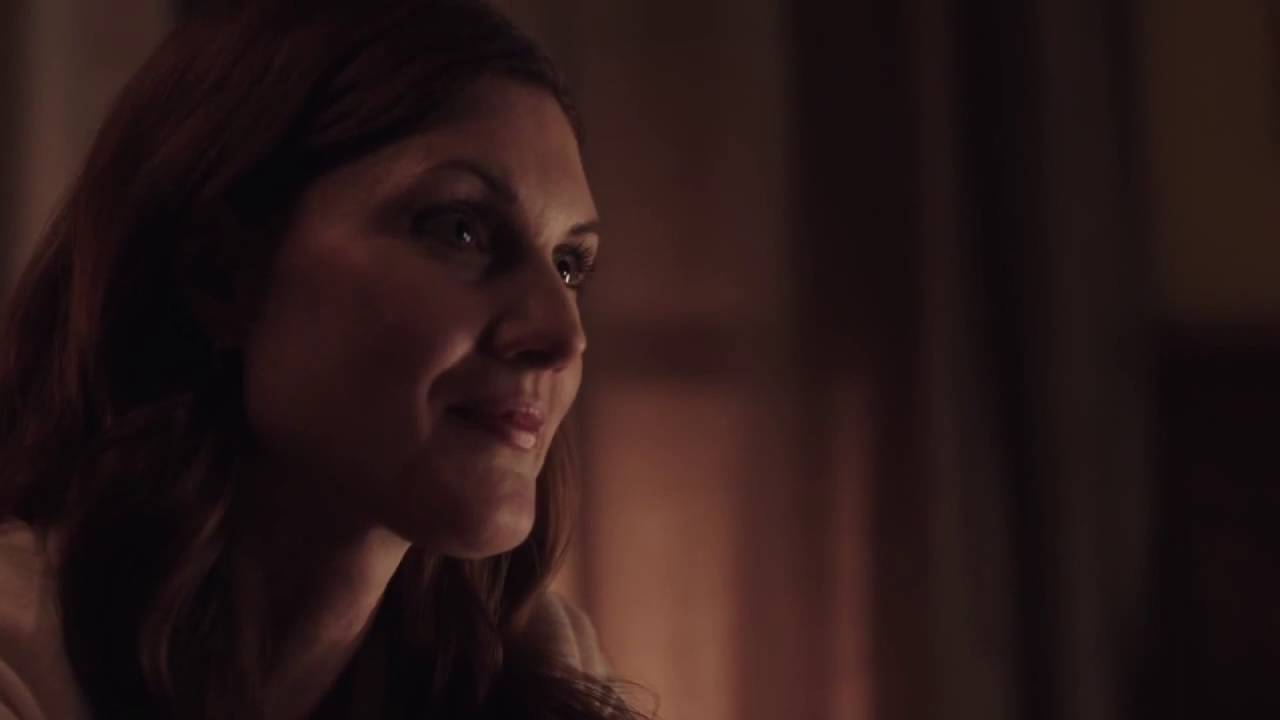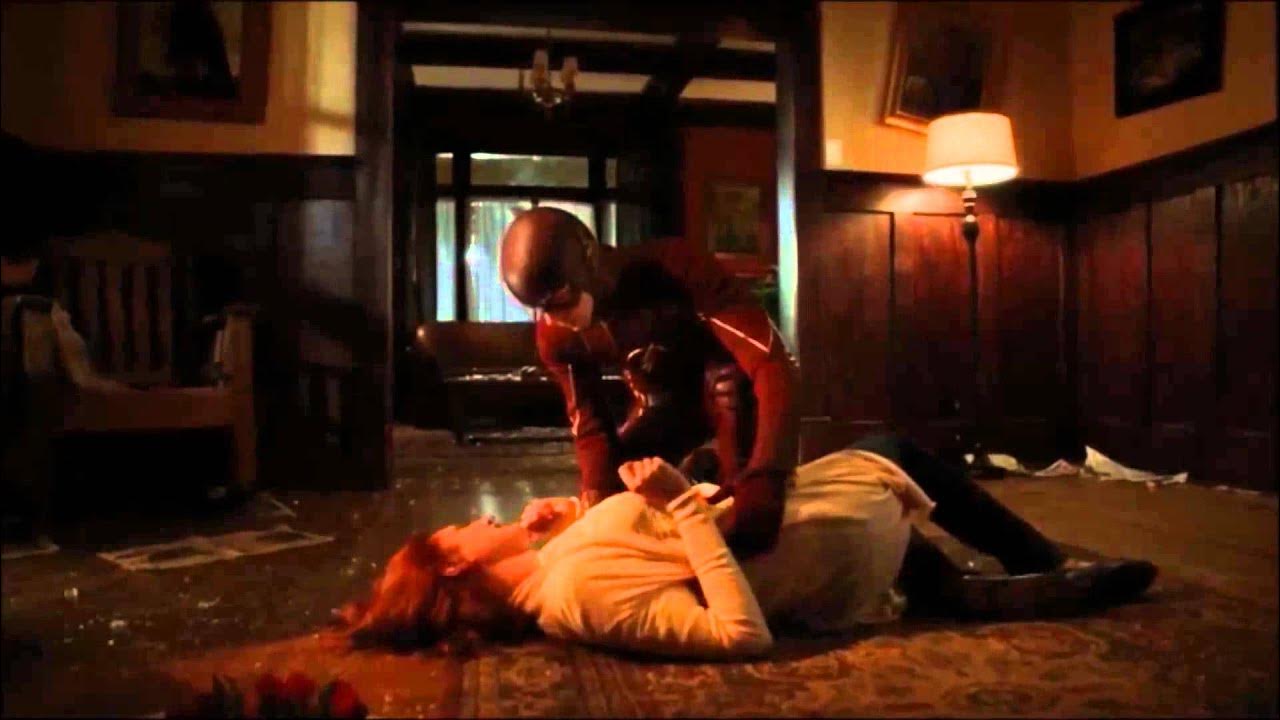When The Flash was released , it brought us very close to discovering how Barry Allen’s mother died. Given The Flash’s intricate multiverse take on time travel, was someone from another timeline?. Fans want answers which the film refuses to address blatantly, but the comics don’t.
Who murdered Barry Allen’s mother?
If you’ve seen The Flash, the DC film that’s one of the final entries in the Snyderverse timeline — or if you’ve seen The Flash, the CW TV programme — you’ll understand. Barry’s emotional genesis tale is that his mother was murdered when he was a child, and his father was convicted of the crime.
Barry was inspired to become a forensic analyst in part because he wanted to find evidence to overturn his father’s sentence.
The events of the movie, as well as the comic book crossover event Flashpoint, are set in motion when Barry uses his speed powers to travel back in time and attempt to prevent his mother’s murder.
Barry has been around for nearly 70 years, yet he did not always have a sad background. That’s a detail grafted onto him in Geoff Johns’ and Ethan Van Sciver’s 2009 comic book series The Flash: Rebirth. Their problems begin when Barry becomes especially fixated with his mother’s sudden death and his father’s death in jail, previously unmentioned parts of his past.

As revealed in Rebirth, one of Barry’s oldest villains, Eobard Thawne (aka Professor Zoom, aka the Reverse-Flash), had travelled back in time and not only murdered Barry’s mother and frame his father for it, but he also caused pretty much everything else bad, sad, or disappointing that had ever happened to Barry. Barry has always had a sad childhood because of his tampering with the timestream.
Who is Eobard Thawne aka reverse-flash?
There are various variations of the character in comic books, but the most well-known is Eobard Thawne, who is similar to The Flash’s Joker.
Thawne is a 2400s scientist who was an obsessed lover of the old superhero The Flash, so much so that he had future plastic surgery to appear exactly like Barry and painstakingly recreated Barry’s accident using chemicals and lightning to give himself speed powers.
Then he went back in time to meet his hero, only to find an exhibit on the villain Reverse-Flash at Central City’s Flash museum. Then he travelled back in time to see his hero, only to discover an exhibit on the villain Reverse-Flash at Central City’s Flash museum.
The fact that time-traveling flash heroes can’t genuinely change the past is made much of in Flash: Rebirth; events that happen anywhere in the continuum just loop around into creating itself, as with the Reverse-Flash’s origin tale.
But, for Comic Book reasons that you don’t need to know, Thawne’s speed powers differ from Barry’s, and he has the ability to modify the past.

This is a problem for Thawne. He can’t kill Barry or prevent him from becoming the Flash since he would then cease to exist. So The Flash: Rebirth is about what he chose to do instead.
He travelled back in time to surreptitiously follow every spare moment of Barry’s life and ruin it, but yet leaving Barry as a hero enough to inspire Thawne to become the Reverse-Flash.
And I mean, the man was meticulous. Is it possible for Barry Allen to have a party balloon without mistakenly releasing it into the sky? Was he ever able to consume an ice cream cone without tripping over something too fast to see and dropping the scoops? It appears unlikely.
The icing on the cake, of course, was Thawne framing Barry’s father for his mother’s murder, which Barry learned in The Flash: Rebirth. Geoff Johns and Andy Kubert’s Flashpoint miniseries, on which the 2023 film The Flash is based, told the narrative of Barry’s failed attempt to travel back in time and reverse Thawne’s meddling in his life.
With the DC Films slate ready to shift in a totally different direction, it appears unlikely that The Flash will get a direct sequel. But there’s definitely room for a huge old Reverse-Flash surprise. Perhaps Barry Allen danced with the devil in the faint moonlight.









